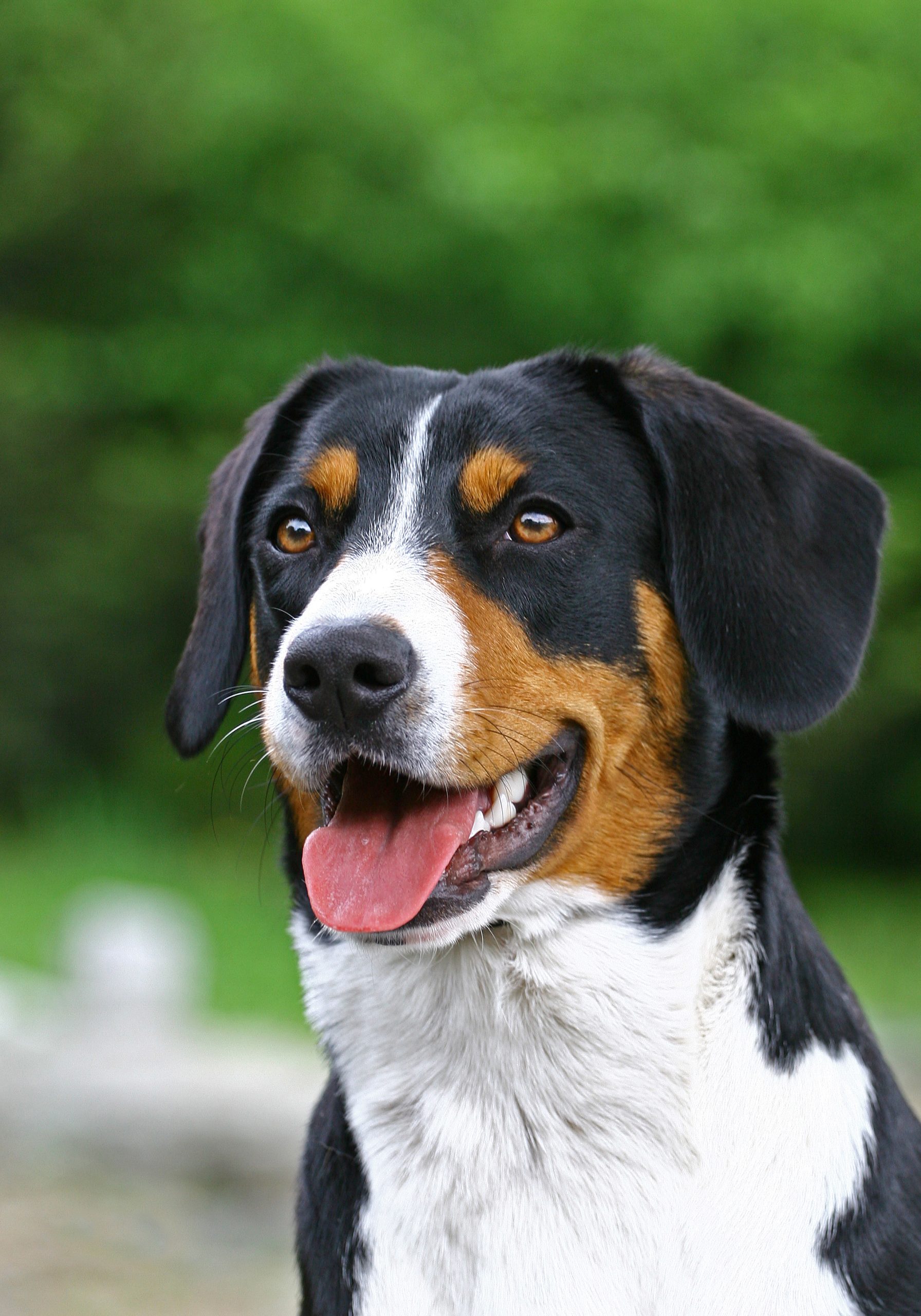Welcome to the ultimate guide to housebreaking your new puppy! This comprehensive blog post will cover everything you need to know about training your furry friend. Whether you’re a first-time dog owner or have experience with pets, this article is designed to help you navigate through the process of potty training your pup.
Introduction to Housebreaking Your New Puppy:
The key to successful housebreaking lies in understanding that dogs are creatures of habit and routine. They thrive on consistency and predictability, so it’s essential to establish a schedule from day one. The first step is to choose the right training method for your puppy. There are several options available, including crate training, positive reinforcement, and clicker training. Each approach has its benefits and drawbacks, but ultimately, what works best for your pet depends on their personality and temperament.
Choosing the Right Training Method for Your Puppy:
Crate training involves using a small enclosure like a kennel or cage as a designated area where your puppy can sleep and relieve themselves. Positive reinforcement uses rewards such as treats and praise to encourage good behavior while ignoring bad habits. Clicker training involves teaching your puppy to associate specific sounds with certain actions, making it easier to communicate and train them effectively. Once you’ve chosen a method, set up a plan and stick to it. Consistency is crucial when it comes to potty training.
Setting Up a Schedule and Routine for Successful Potty Training:
To ensure success, create a consistent schedule for feeding, playing, and exercising your puppy. Establish regular bathroom breaks throughout the day, taking into account how long they can hold their bladder or bowels. Typically, puppies under six months old should go outside every two hours, while older dogs may be able to wait longer between trips outdoors. It’s also essential to take your puppy out immediately after waking up, eating, or drinking water.

Common Mistakes People Make When Housebreaking Their Puppies:
One common mistake people make when housebreaking their puppies is not providing enough opportunities to eliminate outside. Another mistake is scolding or punishing their puppy for accidents instead of calmly cleaning up and moving on. Additionally, some owners rely too heavily on crates, which can lead to separation anxiety and other issues down the road. Remember, positive reinforcement and consistency are key to successfully housebreaking your puppy.
Tips for Crate Training Your Puppy:
If you decide to use a crate for housetraining, there are a few things to keep in mind. First, only use the crate for short periods during the day, such as when you’re at work or running errands. Second, never leave your puppy alone in the crate for extended periods without food or water. Finally, avoid using the crate as a form of punishment; rather, think of it as a safe space where your puppy can relax and feel secure.
How to Handle Accidents and Clean up After Your Puppy:
Accidents happen, even with the most well-trained dogs. When an accident occurs, remain calm and quickly clean up the mess. Use a professional grade cleaner to remove any odor or stains left behind. If possible, take your puppy outside immediately afterwards to reinforce proper elimination behaviors. With time and effort, you can successfully housebreak your new puppy and enjoy many years of happy and healthy companionship together.

Other Questions People Ask
What are the first steps to start housebreaking a new puppy effectively?
The first step is to establish a consistent routine that includes regular bathroom breaks, feeding, and playtime. Choose a training method that suits your puppy's personality, such as crate training or positive reinforcement. Remember, dogs thrive on predictability, so sticking to a schedule from day one is crucial for success.
How can I choose the best training method for my puppy’s housebreaking?
Consider your puppy's temperament and your own training style when selecting a method. Crate training provides a designated space for your puppy to feel secure, while positive reinforcement encourages good behavior with treats and praise. Combining methods like clicker training can also be effective, but consistency is key regardless of the approach.
What common mistakes should I avoid when housebreaking my puppy?
Avoid not providing enough outdoor elimination opportunities and relying too heavily on punishment for accidents. Instead, focus on calmly cleaning up messes and rewarding your puppy when they go outside. Overusing crates or scolding can lead to anxiety, so patience and positive reinforcement are essential for successful housebreaking.